Pancho Villa and his Men
Pancho Villa y sus Hombres

Pancho Villa and his Men
The image shows Pancho Villa and his men. Villa is the fourth man from the right in the front row. Pancho Villa (1878-1923) was a Mexican revolutionary leader who advocated for the poor. Though he was a killer and a bandit, many remember him as a folk hero. Born into a poor family, he learned the gap between the rich and the poor in Mexico in the end of the 19th century the hard way. After having shot the owner of the hacienda on which his family lived and worked with the age of 16, Villa ran from the law and became the leader of a group of bandits. Because of his skills as a guerilla fighter, he caught the attention of men who were planning a revolution. Since Porfirio Diaz, the sitting president of Mexico, had created much of the current problems for the poor and Francisco Madero promised change for the lower classes, Pancho Villa joined Madero and became an effective leader in the revolutionary army from October 1910 to May 1911. Together with Madero and Pascual Orozco, he commanded the troops during the Battle of Juarez, which led to the resignation of Porfirio Diaz. However, in May 1911, he resigned from command because of differences he had with Orozco. Villa married Maria Luz Corral and tried to settle down. When Orozco started a new rebellion against Madero, who had become Mexican President, Villa supported Madero together with General Victoriano Huerta. When Huerta became a Madero adversary and eventually killed him to claim the presidency for himself, Villa allied himself with Venustiano Carranza to fight against Huerta. Pancho Villa was extremely successful, but in the summer of 1914, Villa and Carranza, became enemies and fought against each other for the next several years. The United States supported Carranza, which is why Villa attacked the town of Columbus, New Mexico, in 1916. His attack was the first on American soil since 1812. Under the leadership of General Pershing, the U.S. sent thousands of soldiers across the border to hunt for Pancho Villa (Punitive Expedition), but they never caught him. When Adolfo De la Huerta became the interim president of Mexico in 1920, Villa agreed to retire from revolutionary life but was gunned down in 1923.
Report this entry
More from the same community-collection
Summer hikers on railroad tracks, Cloudcroft
This family was one of many that spent their summers at ...

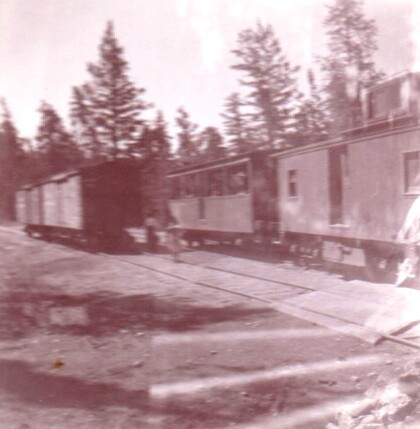
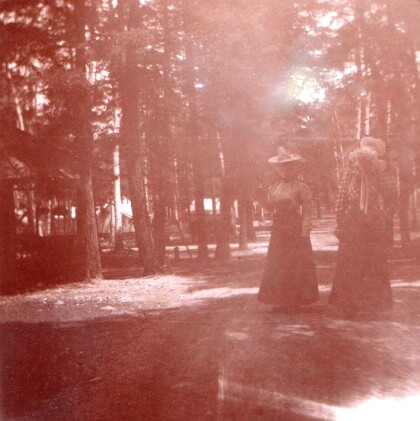
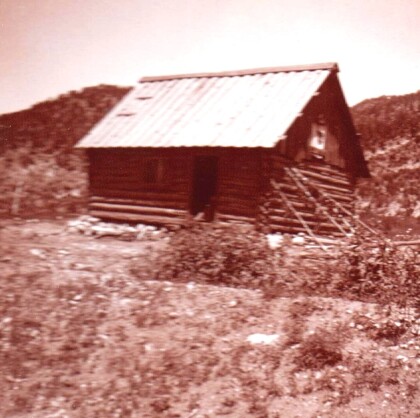



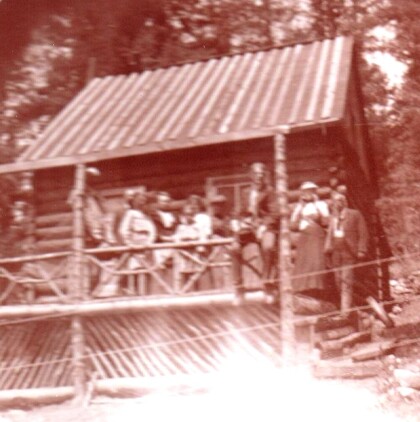

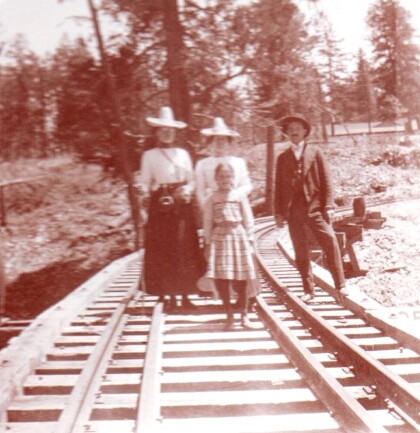
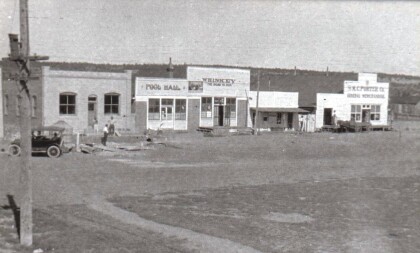
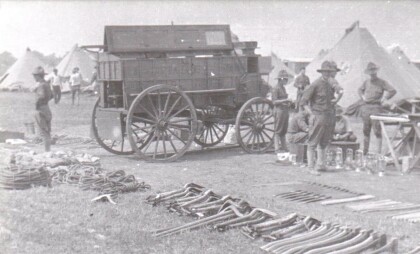

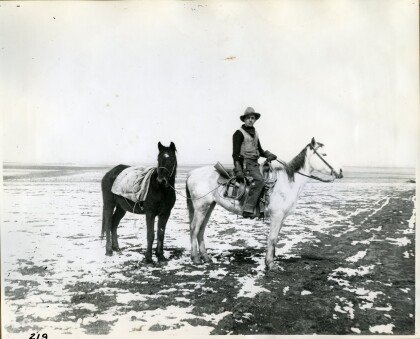
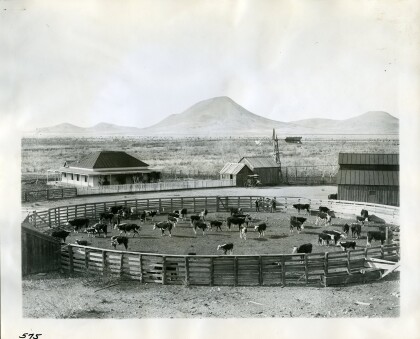
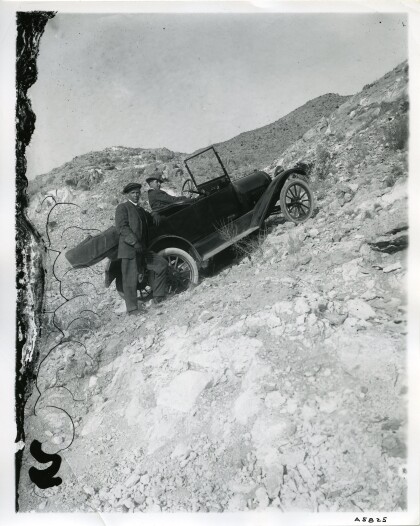
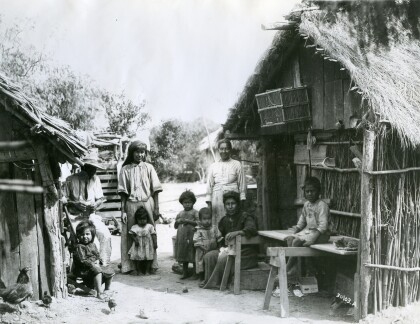
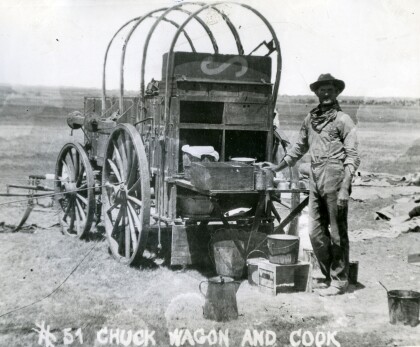
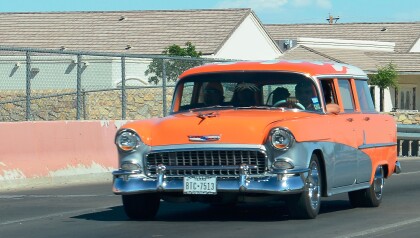
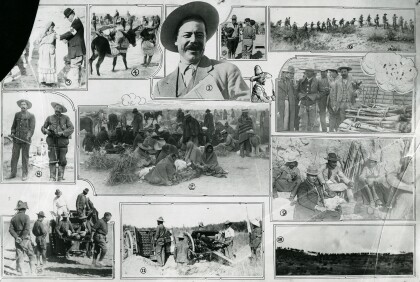
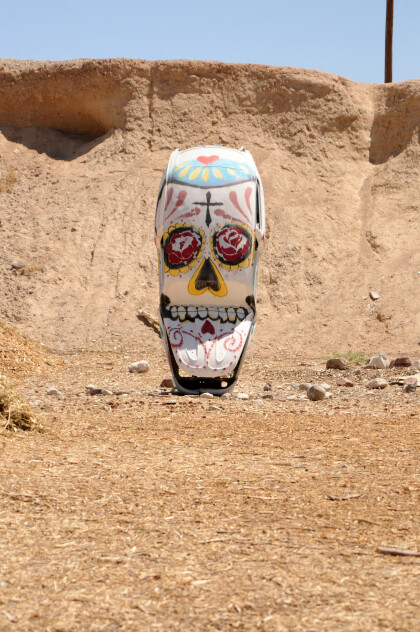
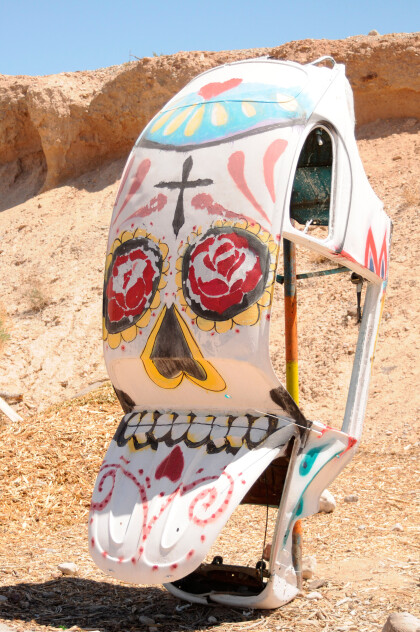
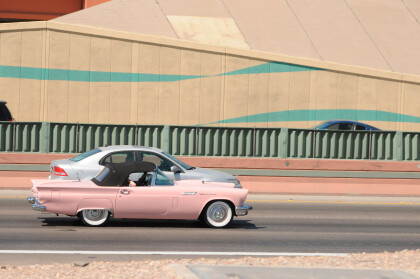
My father's grandfather, Cruz Mun̈oz is in this picture with Pancho Villa. He is the second to last. I have his passport photo. He lived a long life but suffered from PTSD.
I was told that my father's great-grandfather or his great great grandfather rode with Pancho Villa I am trying to find out the names of all of the men who wrote a Pancho Villa I was also told that he was shot in the leg while riding with Pancho Villa if someone could please help me with finding out all the names and maybe some photos I would greatly appreciate it thank you
My grand father Alberto Ruiz who last lived in Corpus Christy, Texas & passed away at the age 87 rode & fought along side of Pancho Villa.
My great grandfather was born in the same town as villa was two years apart they must of grown up together I was wondering if anyone out there have the name of his men my great I name is lorona thank vou
Early 1960's, I saw a picture in my Grandfather's metal suitcase. It was of a man dressed like Villa or one of his bandits. No other info. I kick myself nowadays for not asking questions . But I was a child. My Grandfather's surname was, Barrera.
My Grrat Grandfather fought with Pancho Villa, My Great Grandfather's last name is Collazo..I have letters that he wrote to my Great Grandmother detailing some of the skirmish and Stuff like that, it's amazingly Surreal to hold the letters!! My Name is Michael Villa.
I was told my grandfather Rejino ESQUIVEL and great uncle Roberto ESQUIVEL fought with Villa ? I have a picture where they claim it’s my great uncle Robert ESQUIVEL and they have seen another photo where both My grandfather Rejino ESQUIVEL and Roberto ESQUIVEL are in the same photo? Supposedly, they were seated on the first row to his left on a photo shoot. Have not been able to confirm?
I was told that my grandfather, Luis Basillo,rode with Villa, and brought my father over when he was a baby. Could this be true?
My late father Lucio utima Ramos I'm trying to find out if he really rode with poncho Villa
MY mother Carmen Contreras told us that her father Patricio Contreras was one off his lieutenant . Can anyone with information verify the statement